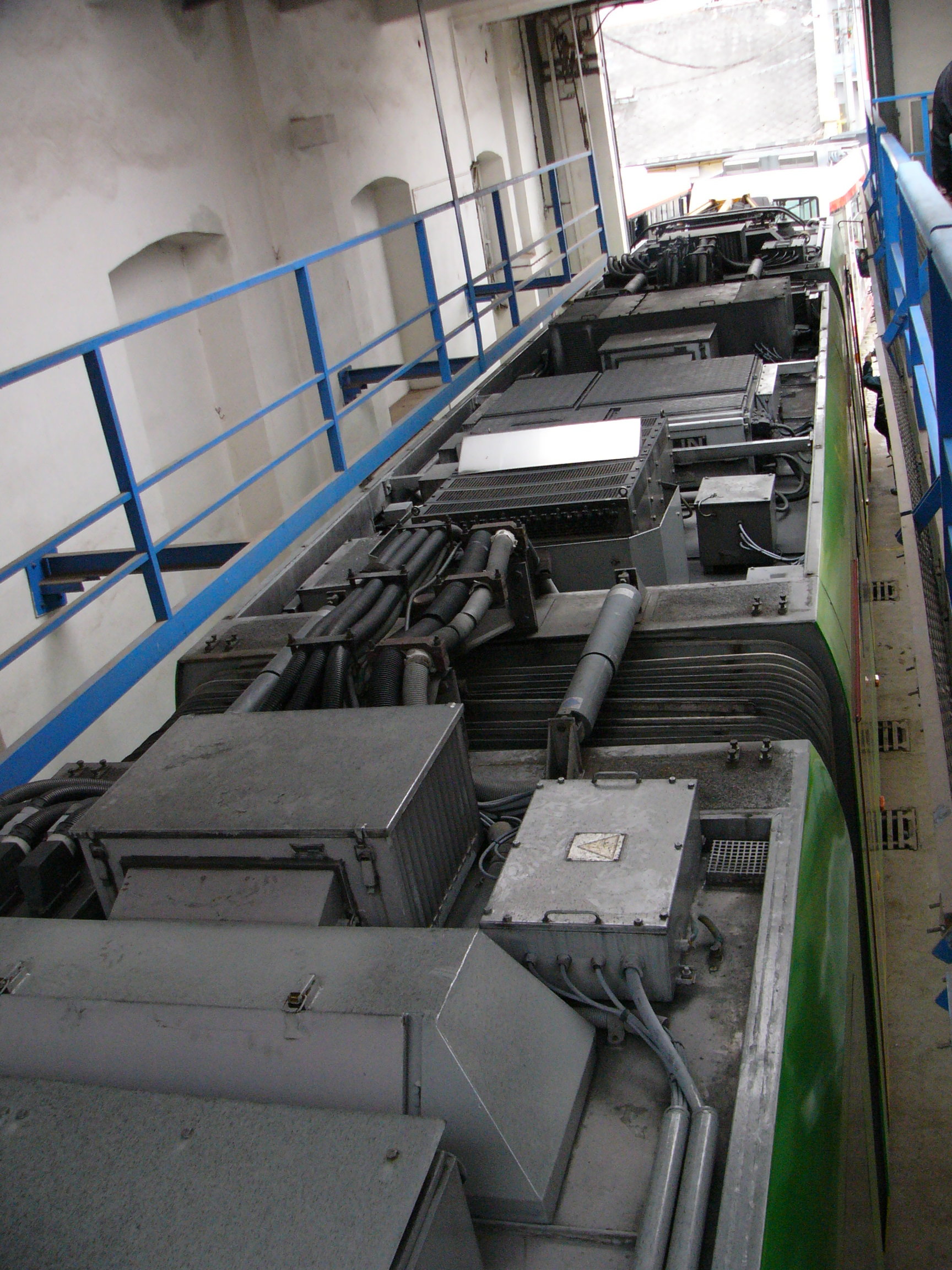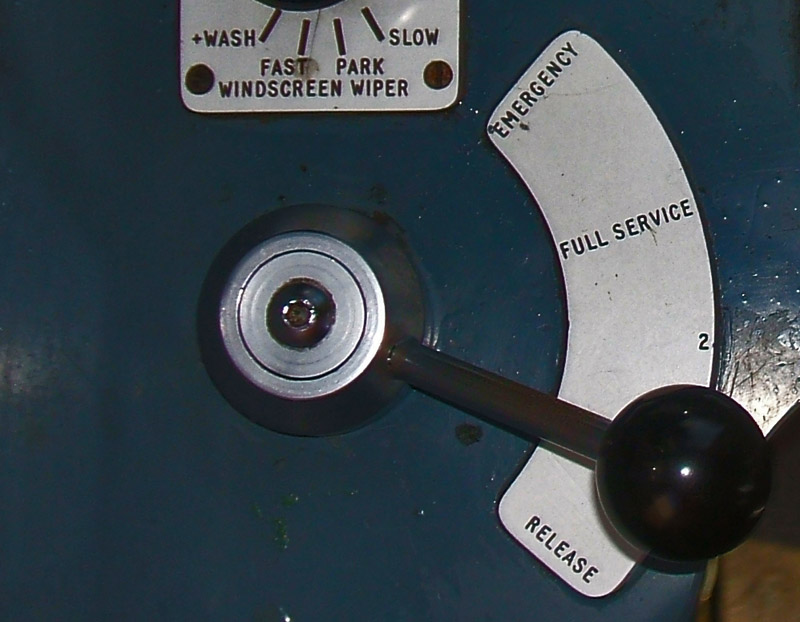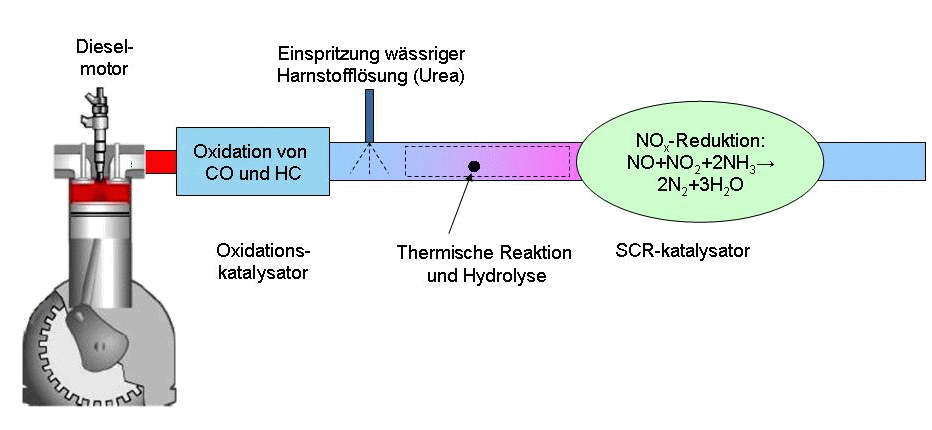|
British Rail Class 800
The British Rail Class 800, branded as the ''Intercity Express Train'' (IET) by Great Western Railway (train operating company), Great Western Railway (GWR) and ''Azuma'' by London North Eastern Railway (LNER) is a type of bi-mode multiple unit train built by Hitachi Rail for GWR and LNER. The type uses electric motors powered from overhead electric wires for traction, but also has diesel generators to enable trains to operate on unelectrified track. It is a part of the Hitachi A-train, Hitachi AT300 product family. The Class 800 was developed and produced, alongside an electric-only variant, as part of the Intercity Express Programme (IEP) to procure replacements for the InterCity 125 and InterCity 225 fleets of high speed trains. The trains were manufactured by Hitachi between 2014 and 2018, being assembled at Hitachi's Hitachi Newton Aycliffe, Newton Aycliffe Manufacturing Facility using bodyshells shipped from the company's Kasado Works in Japan. Similar bi-mode units hav ... [...More Info...] [...Related Items...] OR: [Wikipedia] [Google] [Baidu] |
London North Eastern Railway
London North Eastern Railway (LNER) is a British train operating company which operates most services on the East Coast Main Line. It is owned by DfT Operator for the Department for Transport (DfT). The company's name echoes that of the London and North Eastern Railway, one of the Big Four (British railway companies), Big Four railway companies which operated between 1923 and 1948. During June 2018, LNER took over from the InterCity East Coast franchise, after the previous privately owned operator Virgin Trains East Coast (VTEC) returned it to the government following sustained financial difficulties. The DfT intended for the company to operate the franchise until a new public–private partnership could be established during 2020. However, in July 2019, it was announced that LNER had been given a direct-award to run these services beyond 28 June 2020, up until 25 June 2023, making it the longest franchise on the East Coast Main Line since Great North Eastern Railway (GNER). ... [...More Info...] [...Related Items...] OR: [Wikipedia] [Google] [Baidu] |
Great Western Main Line
The Great Western Main Line (GWML) is a main line railway in England that runs between London Paddington and . It connects to other main lines such as those from Reading to Penzance and Swindon to Swansea. The GWML is presently a part of the national rail system managed by Network Rail, while the majority of passenger services upon it are provided by the current Great Western Railway franchise. The GWML was built by the original Great Western Railway company between 1838 and 1841, as a dual track line in the broad gauge. The broad gauge remained in use until 1892, after which standard gauge track has been exclusively used. Between 1877 and 1932, many sections of the GWML were widened to four tracks. During 1908, Automatic Train Control (ATC) was introduced as a safety measure. In 1948, the Great Western Railway, and thus the GWML, was merged into the Western Region of British Railways. During the 1970s, the GWML was upgraded to support higher line speeds, as a result o ... [...More Info...] [...Related Items...] OR: [Wikipedia] [Google] [Baidu] |
Automatic Warning System
Automatic Warning System (AWS) is a railway safety system invented and predominantly used in the United Kingdom. It provides a train driver with an audible indication of whether the next Railway_signal, signal they are approaching is clear or at caution. Depending on the upcoming signal state, the AWS will either produce a 'horn' sound (as a warning indication), or a 'bell' sound (as a clear indication). If the train driver fails to acknowledge a warning indication, an emergency brake application is initiated by the AWS; if the driver correctly acknowledges the warning indication, by pressing an acknowledgement button, then a visual 'sunflower' is displayed to the driver, as a reminder of the warning. Principles of operation AWS is a system based on trains detecting magnetic fields. These magnetic fields are created by permanent magnets and electromagnets installed on the track. The polarity and sequence of magnetic fields detected by a train determine the type of indication ... [...More Info...] [...Related Items...] OR: [Wikipedia] [Google] [Baidu] |
Regenerative Brake
Regenerative braking is an energy recovery mechanism that slows down a moving vehicle or object by converting its kinetic energy or potential energy into a form that can be either used immediately or stored until needed. Typically, regenerative brakes work by driving an electric motor in reverse to recapture energy that would otherwise be lost as heat during braking, effectively turning the traction motor into a generator. Feeding power backwards through the system like this allows the energy harvested from deceleration to resupply an energy storage solution such as a battery or a capacitor. Once stored, this power can then be later used to aid forward propulsion. Because of the electrified vehicle architecture required for such a braking system, automotive regenerative brakes are most commonly found on hybrid and electric vehicles. This method contrasts with conventional braking systems, where excess kinetic energy is converted to unwanted and wasted heat due to friction ... [...More Info...] [...Related Items...] OR: [Wikipedia] [Google] [Baidu] |
Disc Brake
A disc brake is a type of brake that uses the #Calipers, calipers to squeeze pairs of #Brake pads, pads against a disc (sometimes called a [brake] rotor) to create friction. There are two basic types of brake pad friction mechanisms: abrasive friction and adherent friction. This action slows the rotation of a shaft, such as a vehicle axle, either to reduce its rotational speed or to hold it stationary. The energy of motion is converted into heat, which must be dissipated to the environment. Hydraulic brakes, Hydraulically Actuator, actuated disc brakes are the most commonly used mechanical device for slowing motor vehicles. The principles of a disc brake apply to almost any rotating shaft. The components include the disc, master cylinder, and caliper, which contain at least one cylinder and two Brake pad, brake pads on both sides of the rotating disc. Design The development of disc-type brakes began in England in the 1890s. In 1902, the Lanchester Motor Company designed bra ... [...More Info...] [...Related Items...] OR: [Wikipedia] [Google] [Baidu] |
Electro-pneumatic Brake System On British Railway Trains
The electro-pneumatic brake system on British mainline railway trains was introduced in 1950 and remains the primary braking system for multiple units in service today, although London Transport underground trains had been fitted with EP brakes since the 1920s. The Southern Region of British Railways operated a self-contained fleet of electric multiple units for suburban and middle-distance passenger trains. From 1950, an expansion of the fleet was undertaken and the new build adopted a braking system that was novel in the UK, the electro-pneumatic brake in which compressed air brake operation was controlled electrically by the driver. This was a considerable and successful technical advance, enabling a quicker and more sensitive response to the driver's operation of brake controls. Origins From the 1920s, the Southern Railway of the UK and its predecessor companies had adopted electrification and multiple-unit train operation as a solution for dense and intensive passenger ... [...More Info...] [...Related Items...] OR: [Wikipedia] [Google] [Baidu] |
Pantograph (rail)
A pantograph (or "pan" or "panto") is an apparatus mounted on the roof of an electric train, tram or trolley buses to collect power through contact with an overhead line. The term stems from the resemblance of some styles to the mechanical pantographs used for copying handwriting and drawings. The pantograph is a common type of current collector; typically, a single or double wire is used, with the return current running through the rails. Other types of current collectors include the bow collector and the trolley pole. Invention The pantograph, with a low-friction, replaceable graphite contact strip or "shoe" to minimise lateral stress on the contact wire, first appeared in the late 19th century. Early versions include the bow collector, invented in 1889 by Walter Reichel, chief engineer at Siemens & Halske in Germany, and a flat slide-pantograph first used in 1895 by the Baltimore and Ohio Railroad. The familiar diamond-shaped roller pantograph was devised and p ... [...More Info...] [...Related Items...] OR: [Wikipedia] [Google] [Baidu] |
Overhead Line
An overhead line or overhead wire is an electrical cable that is used to transmit electrical energy to electric locomotives, Electric multiple unit, electric multiple units, trolleybuses or trams. The generic term used by the International Union of Railways for the technology is ''overhead line''. It is known variously as overhead catenary, overhead contact line (OCL), overhead contact system (OCS), overhead equipment (OHE), overhead line equipment (OLE or OHLE), overhead lines (OHL), overhead wiring (OHW), traction wire, and trolley wire. An overhead line consists of one or more wires (or Overhead conductor rail, rails, particularly in tunnels) situated over rail tracks, raised to a high electrical potential by connection to feeder stations at regularly spaced intervals along the track. The feeder stations are usually fed from a High voltage, high-voltage Electricity distribution, electrical grid. Overview Electric trains that collect their current from overhead lines use a de ... [...More Info...] [...Related Items...] OR: [Wikipedia] [Google] [Baidu] |
Selective Catalytic Reduction
Selective catalytic reduction (SCR) means converting nitrogen oxides, also referred to as with the aid of a catalyst into diatomic nitrogen (), and water (). A reductant, typically anhydrous ammonia (), aqueous ammonia (), or a urea () solution, is added to a stream of flue or exhaust gas and is reacted onto a catalyst. As the reaction drives toward completion, nitrogen (), and carbon dioxide (), in the case of urea use, are produced. Selective catalytic reduction of using ammonia as the reducing agent was patented in the United States by the Engelhard Corporation in 1957. Development of SCR technology continued in Japan and the US in the early 1960s with research focusing on less expensive and more durable catalyst agents. The first large-scale SCR was installed by the IHI Corporation in 1978.Steam: Its Generation and Uses. Babcock & Wilcox. Commercial selective catalytic reduction systems are typically found on large utility boilers, industrial boilers, and municipal ... [...More Info...] [...Related Items...] OR: [Wikipedia] [Google] [Baidu] |
Turbo-diesel
The term turbo-diesel, also written as turbodiesel and turbo diesel, refers to any diesel engine equipped with a turbocharger. As with other engine types, turbocharging a diesel engine can significantly increase its efficiency and power output, especially when used in combination with an intercooler. Turbocharging of diesel engines began in the 1920s with large marine and stationary engines. Trucks became available with turbo-diesel engines in the mid-1950s, followed by passenger cars in the late 1970s. Since the 1990s, the compression ratio of turbo-diesel engines has been dropping. Principle Diesel engines are typically well suited to turbocharging due to two factors: * A "lean" air–fuel ratio, caused when the turbocharger supplies excess air into the engine, is not a problem for diesel engines, because the torque control is dependent on the mass of fuel that is injected into the combustion chamber (i.e. air-fuel ratio), rather than the quantity of the air-fuel mixture. ... [...More Info...] [...Related Items...] OR: [Wikipedia] [Google] [Baidu] |
Four-stroke Engine
A four-stroke (also four-cycle) engine is an internal combustion (IC) engine in which the piston completes four separate strokes while turning the crankshaft. A stroke refers to the full travel of the piston along the cylinder, in either direction. The four separate strokes are termed: #Intake: Also known as induction or suction. This stroke of the piston begins at top dead center (T.D.C.) and ends at bottom dead center (B.D.C.). In this stroke the intake valve must be in the open position while the piston pulls an air-fuel mixture into the cylinder by producing a partial vacuum (negative pressure) in the cylinder through its downward motion. #Compression: This stroke begins at B.D.C, or just at the end of the suction stroke, and ends at T.D.C. In this stroke the piston compresses the air-fuel mixture in preparation for ignition during the power stroke (below). Both the intake and exhaust valves are closed during this stage. #Combustion: Also known as power or ignition. This is ... [...More Info...] [...Related Items...] OR: [Wikipedia] [Google] [Baidu] |
V Engine
A V engine, sometimes called a Vee engine, is a common configuration for internal combustion engines. It consists of two cylinder banks—usually with the same number of cylinders in each bank—connected to a common crankshaft. These cylinder banks are arranged at an angle to each other, so that the banks form a "V" shape when viewed from the front of the engine. V engines typically have a shorter length than equivalent inline engines, however the trade-off is a larger width. V6, V8 and V12 engines are the most common layout for automobile engines with 6, 8 or 12 cylinders respectively. History The first V engine, a two-cylinder V-twin, was designed by Wilhelm Maybach and used in the 1889 Daimler Stahlradwagen automobile. The first V8 engine was produced in 1903, in the form of the Antoinette engine designed by Léon Levavasseur for racing boats and airplanes. The first V12 engine was produced the following year by Putney Motor Works in London, again for use in raci ... [...More Info...] [...Related Items...] OR: [Wikipedia] [Google] [Baidu] |









